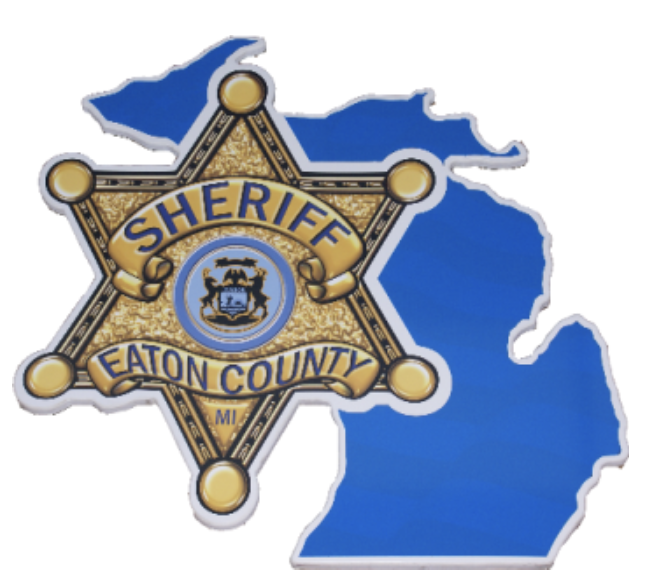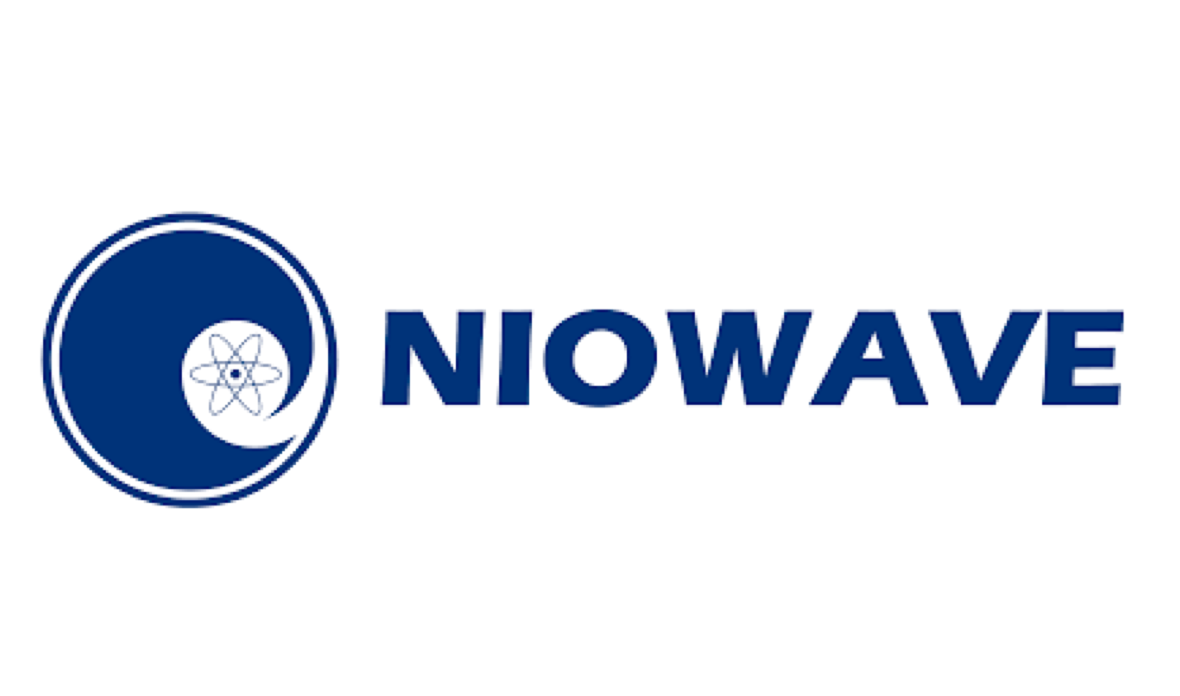By Anir Senyah
The New Citizens Press
LANSING, MI — “Doctor, her blood pressure is dropping.” “Don’t worry about it, she always runs low.” Seconds later…. “Doctor, her blood pressure is dropping!” “She’ll be alright.” “DOCTOR, HER BLOOD PRESSURE IS DROPPING!” “PUT AN I.V. IN STAT!”
Those were the last words Nancy Kay heard as she slipped into a brief coma in 2000. She found herself temporarily in a wheelchair, with a loss of speech and hearing. During her recovery at Origami Rehab, through Michigan State University, Nancy observed two young, male patients with traumatic brain injuries. They both knew the alphabet in sign, but each struggled with painstaking movements and finger coordination. It took them a very long time to spell just one word as their therapists patiently tried to figure out what they wanted to say.
Nancy understood their frustration. She said, “When I lost my hearing, I found it difficult to adjust. Suddenly, I had to focus all my energies on learning how to read lips and figuring out as much conversation as possible. When I lost my speech, it was even worse! Not being able to express my thoughts was the most difficult and scary experience I ever had. I was determined to learn sign language so I would always have a way to communicate.”
She wanted to help those young men learn basic signs so they could express the whole world with just one motion, rather than spelling out each letter when it is so hard for them.
Nancy met others who had suffered strokes, aneurysms, and other health problems who had lost hearing/speaking and her heart went out to them. In addition, she wanted her own family to learn sign; even though she has regained her speech, it comes and goes. The hearing loss is permanent. So, seeing is the great need, Nancy was inspired to create a sign language that was simple enough for children, people with serious illnesses who cannot go out and take classes, and even the brain injured to learn from –in their own time, and in the comfort of their own homes.
Nancy started her own business, SIMPLE SIGNING LESSONS. Having been in business since the mid-70’s, Nancy knew hundreds of business owners who would hire the Deaf; and she had been involved in volunteer work with children and their natural desire to learn sign. Her mission statement is “Educating the hearing on the need for communication, respect and dignity for these who are deaf and hard of hearing. We seek to bridge the gap by providing simple tools for learning sign language, linking the deaf to the hearing community.”
Her main product is a video/DVD called, “Simple Signing Lessons.” One video will teach the basics, such as the alphabet, simplified counting, manners, eating, travel, time, and medical terms. This is an introduction to sign language. It is enough to communicate with the deaf on a basic level. Some will want to go into more depth and will take courses at community colleges such as Lansing Community College. There is a continual review for easy learning. The video has been endorsed by a medical doctor, a psychologist & college professor, several teachers, and a brain injury specialist .It is broken down into easy to follow segments which give the individuals a sense of accomplishment.
Teaching the alphabet in sign language is very popular in schools today. It is kind a novelty to children-like a fun secret code. The real motivation to learn sign language is when you actually know a deaf person. For many colleges, such as MSU, American Sign Language satisfies the foreign language requirement.
The Deaf have made great strides in advocating better communication to bridge gap between the hearing and the non-hearing. Organizations such as “Deaf and Dumb”, “Deaf Mute,” and ” Hearing Impaired,” are all outdated and politically incorrect. The deaf are proud of their culture; they do not consider themselves “impaired” and they do not seek to “fix” it. They hold jobs, marry, raise children, and enjoy music (with residual hearing). Keep in mind: there is nothing the deaf cannot do! They simply have a greater challenge communicating- no, they cannot read lips and no, they cannot all speak in a way where hearing can understand them.
Educating the public, starting out with children, is the best way to avoid discrimination. Sure, it may take a little extra effort and patience to communicate with the deaf if one does not know sign, but there’s always a pencil and piece of paper, laptops and palm pilots! It is worth a try.
Nancy said, “We are all God’s children, and I believe He delights in our differences and in our attempts to reach out in one another in harmony.”
Everyone can benefit from learning sign language. An adult learning the basics can teach to their child. It is also a discreet way to communicate in church or in public. Once you learn sign, you will be surprised at how often you use it!
She added, “I highly recommend it for all medical employees, social workers, transportation employees and emergency personnel. Not only will you enjoy the communication, but you can save a life in a crisis situation! It’s a universal language and there is a lot of gesturing and facial expressions, making it pretty easy to understand.”
Nancy said her advice to a person who is faced with a sudden hearing loss is to join a support group. For the hard-of-hearing, SHHH is an awesome group. Call the Michigan Division on Deaf and Hard of Hearing toll-free, at 1-877-499-6232 for more information. For the late deafened contact the Michigan Association for Deaf, Hearing, and Speech Services at 517-487-0066, or TTY 487-0202. For those with a baby or child who is deaf or hard-of-hearing, contact MDCH at 335-8955, TTY 335-8246 or Michigan Hands & voices at 517-487-0066.
Editor’s Note: My three and four year old love “Simple Signing” and both remembered some of the letters several hours after watching the video.
Please see the ad on Page 3.



